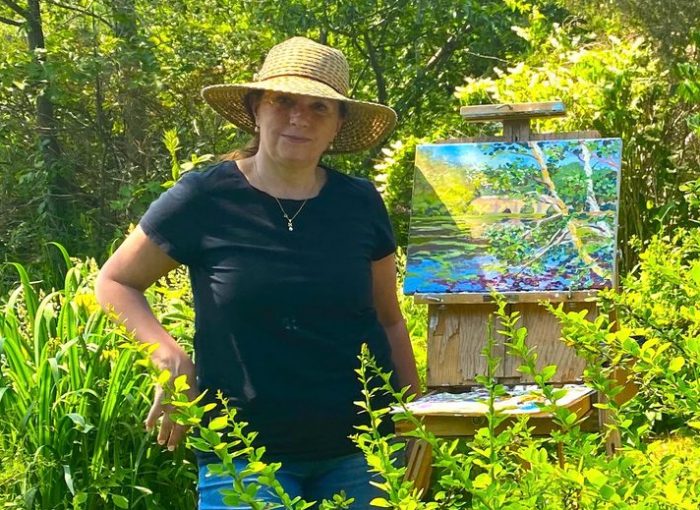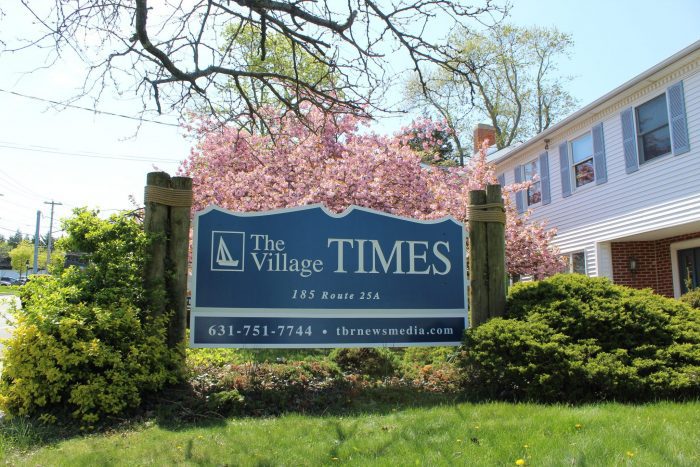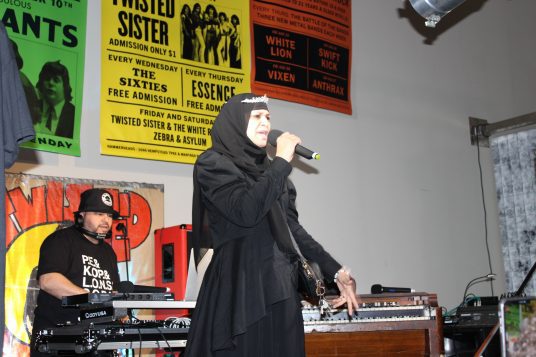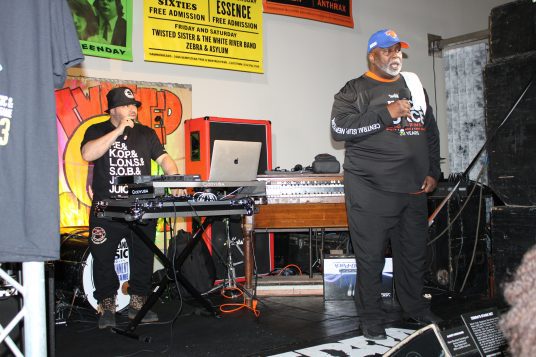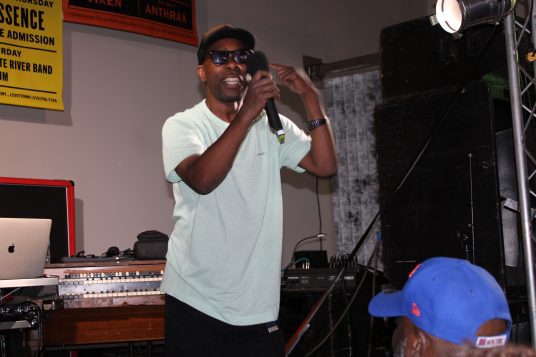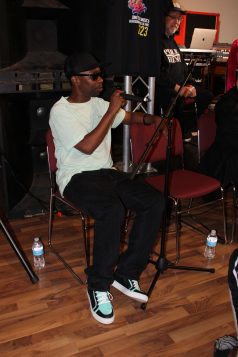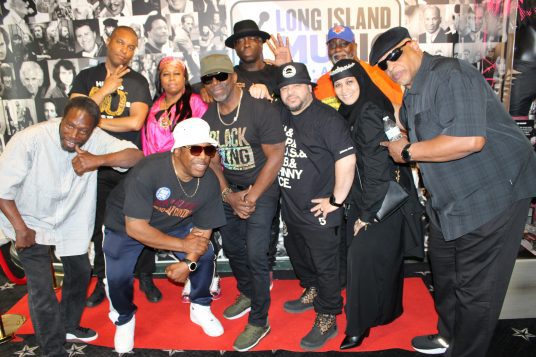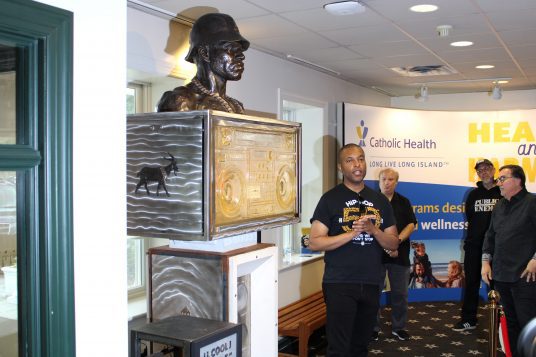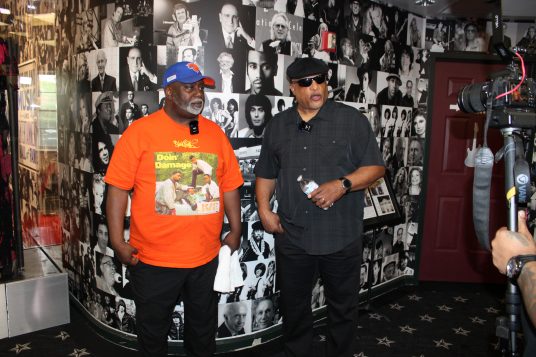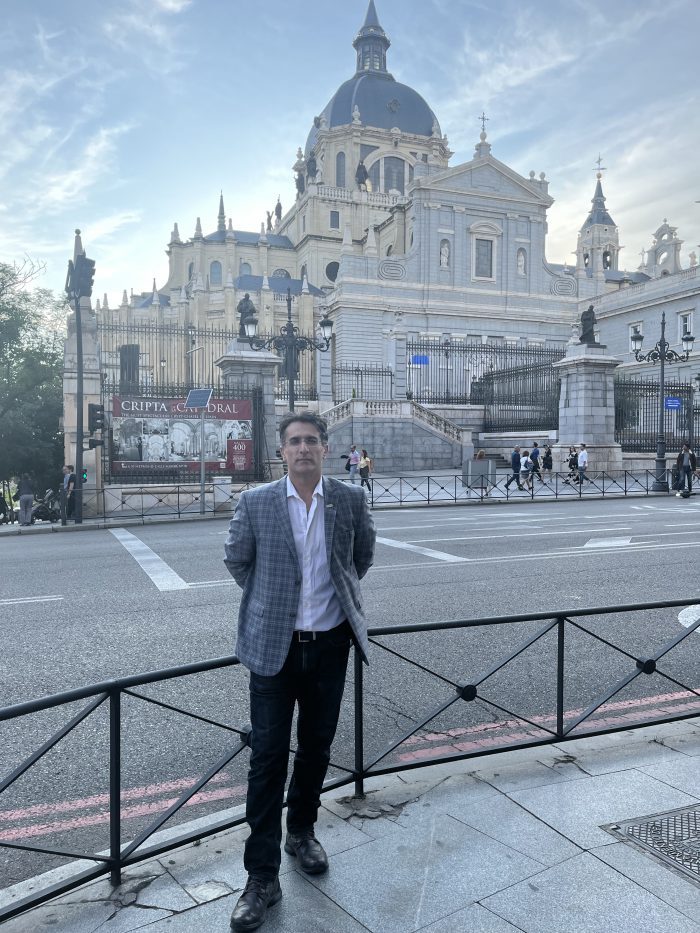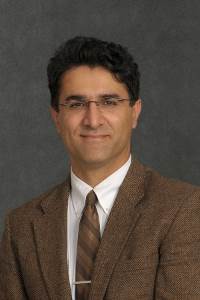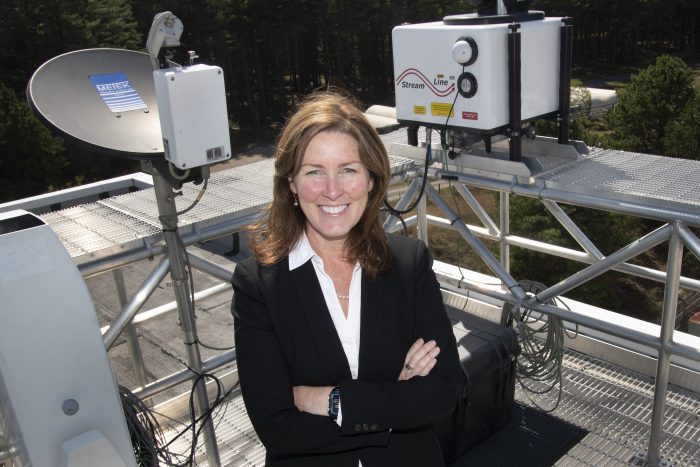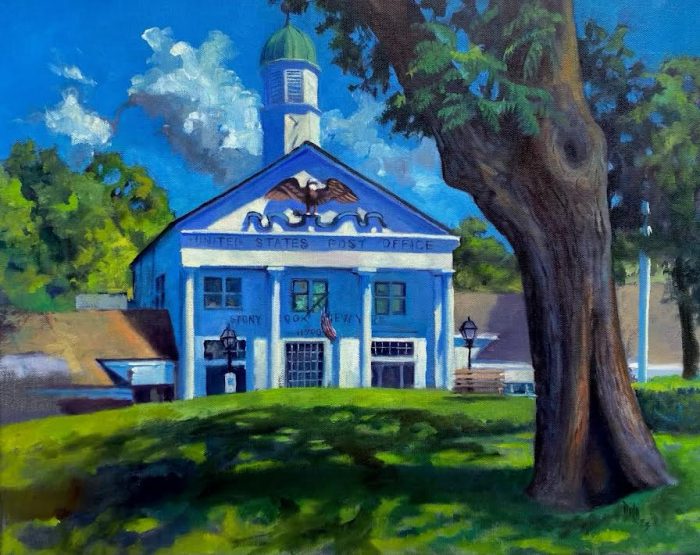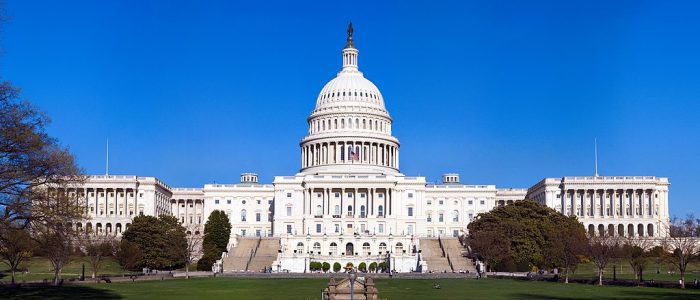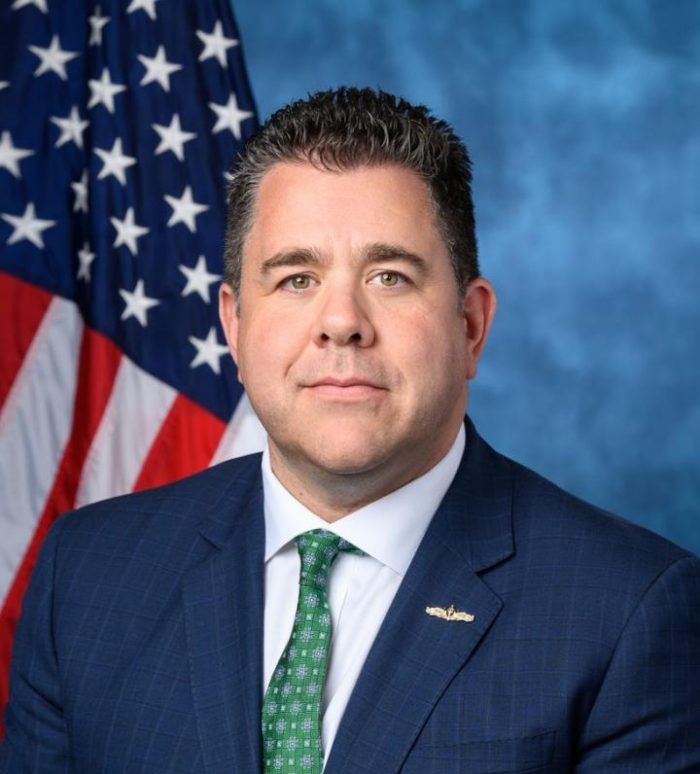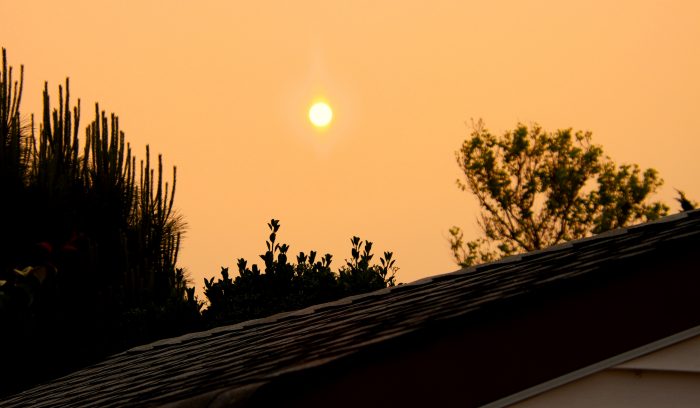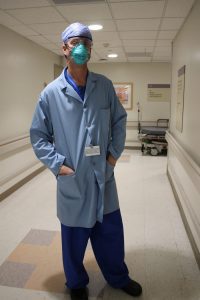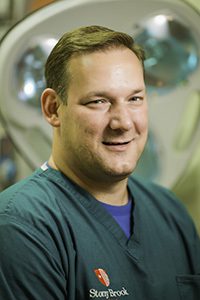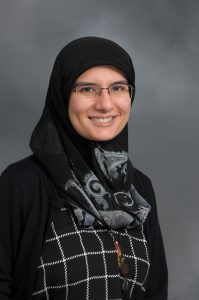*See schedule of events for both days at end of article
By Julianne Mosher
It all started as an event to remember a local painter, but now, 19 years later, it’s bringing new artists to light.
Since 2004 Gallery North’s annual Wet Paint Festival has invited artists from across Long Island to set up shop at a different location to paint the landscape in real time. This year’s festival, on June 17 and 18, will be held at Old Field Farm in Setauket.
Open and free to the public, the Wet Paint Festival will have something for everyone. Located at 92 West Meadow Road, Old Field Farm is a historical Long Island show grounds with a long equestrian tradition. According to its website, the farm was built by philanthropist Ward Melville as the North Shore Horse Show Grounds in 1931. For over half a century it attracted thousands of riders and spectators to equestrian competitions, many of which were successful charitable fundraisers.
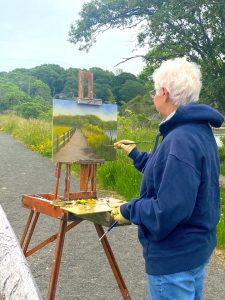
The farm was privately owned until 1986 and was then acquired by Suffolk County to prevent commercial sale of the property or possible subdivision and development as it stood vacant and began to deteriorate. The site added that during this time, the county initiated a search to identify an appropriate entity to take on an extensive restoration required and manage Old Field Farm and return this prized local institution to its rightful place in the community.
Now several decades later, Gallery North chose their annual two-day event to take place at this scenic location. According to Executive Director Ned Puchner, they are expecting at least 50 artists to come by, set up shop and paint plein air.
“The festival is always in a new location and gives local artists the opportunity to not only paint the local scenery, but meet the public,” he said. “It’s also a great way for artists who are new to painting to try it out.”
The festival started out as a tribute to local painter Joseph Reboli who was popularly known for his beautifully crafted landscapes that often depicted local area. His widow, Lois, helped create the Reboli Center for Art and History in Stony Brook. As president of the center, she has been involved with the Wet Paint Festival since its inception.
“Joe was a modest guy,” she said. “He painted because he loved this community; I’m sure he would be extremely honored.”
As the artists paint the different scenes at Old Field Farm, whatever is created during those days will then be on display at the Reboli Center in an exhibition from July 5 to August 27. An opening reception will be held at the Center on July 21 from 5:30 to 8 p.m.
“We’re thrilled to be a part of it again and have the opportunity to be involved with the community,” added Reboli. “This is what we’re all about.”
While the main purpose is watching artists (coming from as far west as Port Washington to eastern Wading River), there are other events that day that will fancy people of all ages. Guides from the historic farm will be on site to provide tours of the Old Field Farm structures and grounds, and provide information on equestrian history and culture.
Local naturalists from the Four Harbors Audubon Society will lead tours on the rich ecology and wildlife of the surrounding area, regional artists will lead guided tours on plein air painting, and there will be children’s activities as well.
Sponsored by bld Architecture, Jefferson’s Ferry and Suffolk County’s Department of Economic Development and Planning, Gallery North will also team up with WUSB 90.1 fm/107.3 fm Stony Brook to present live musical performances each day. LevelUp Kitchen, based in St. James, will also be on site to purchase picnic lunches before the event.
“Every year the festival has been growing,” Puchner said. “Three years ago there were about 30 artists who signed up, now it’s a little over 50.” He added that last year was the first time they added tours and music, which was a huge success.
“We’re really happy about how it’s been developing,” he said. “There is a vibrant creative community made up of artists, musicians, actors and the like that live in the area and this is a great opportunity to come out, go to a free event and meet the creative community in action.”
Selden-based artist Angela Stratton is excited to be returning to the event she has been attending for 17 years.
“As an artist, I love being outside in nature,” she said. “Long Island is beautiful and there are so many places to paint, so I want to go out and paint it!”
The Wet Paint Festival will be held on June 17 and 18 from 10 a.m. to 4 p.m. (Rain dates are June 24 and 25). For more information about the festival or to register to paint, visit www.gallerynorth.org or call 631-751-2676.
Wet Paint Festival Schedule:
Saturday, June 17
10 a.m. – Nature Walk with the Four Harbors Audubon Society
11:30 a.m. – Meet local wildlife, courtesy of Sweetbriar Nature Center
12 p.m. to 2:30 p.m. – Live music by Tom Killourhy
1:30 p.m. – Plein Air Art Tour with artist Jim Molloy
Sunday, June 18
10 a.m. – Nature Walk with the Four Harbors Audubon Society
11:30 a.m – History Tour with Margo Arceri of Tri-Spy Tours
12 p.m. to 2:30 p.m. – Live music by the Keenan Zach Trio
1:30 p.m. – Plein Air Art Tour with artist Nancy Bueti-Randall

